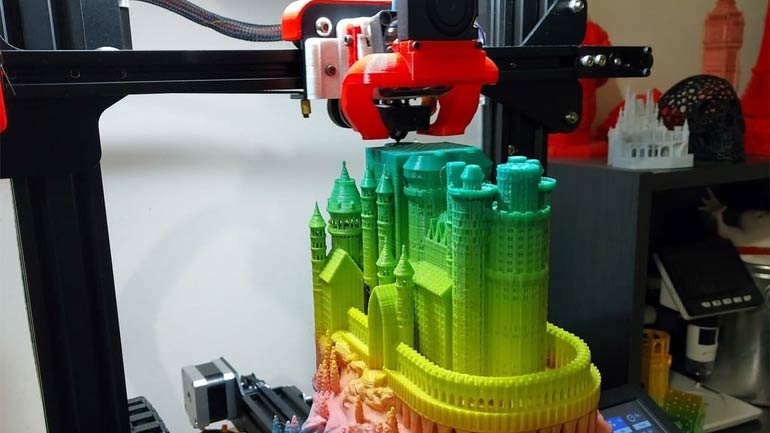
Your company may use the latest technologies on the market, and your IT team might be the best in the world, but none of this means your business is impervious to common IT disasters. From the simple slow connection to the frightening blue screen of death, these issues can impact productivity and leave your data vulnerable to a cyber-attack.
While your IT team can certainly conduct cyber disaster recovery when or if something happens, knowing and understanding the ins and outs of your office technology can help prevent mishaps.
To that end, let’s explore some of the most common IT disasters and how you can keep them from happening.
1. Poor Network Security
Your company’s network security is of the utmost importance. Even if you only have five employees, you must ensure every bit of information they access is safe. Hackers don’t care if your business is small or large – in fact, sometimes they target smaller companies knowing they don’t have the means to fight a cyber-attack.
The best way to ensure your network security is up to scratch is to make sure your company’s firewall is working, your employees are trained in network security measures, your data is backed up regularly, and your passwords are complex and regularly changed.
2. Lack of Managed IT Support
Again, you may have an awesome internal IT team, but that doesn’t mean you should forgo managed IT support. Managed IT support can take some of the stress off your internal IT team so they can focus on more important issues.
A good managed IT support provider can assist with and monitor things like web hosting, email, data storage, network maintenance, servers, and more. Having both an internal IT team and a managed IT support provider will ensure all your bases are covered and secured.
3. Using Old Technology
There’s nothing quite as frustrating as having an old piece of equipment or software stop working and not being able to repair it or replace it because of financial limitations. It’s only a matter of time before old technology ceases to function or stops receiving updates and patches.
To prevent such things from happening, you should make updating your equipment and software a priority. Ensuring you have the latest and greatest technology will reduce the likelihood of some of the most common IT disasters.
4. Poor or No Data Backup
Data backups should be as natural as breathing. Without a solid data backup plan, you could be costing your company thousands in cyber disaster recovery fees should a breach or loss occur.
If your company doesn’t regularly back up its data, you’re messing with fire. Get your IT team on it right away, and implement a regular backup schedule. Should data loss occur, you’ll be glad you have those backups enabling you to get up and running again quickly.
5. No Mobile Device Plan
With the nature of telecommuting and mobile devices these days, anyone anywhere can access your company’s information on a public network. As such, you need a security plan in place to prevent your company’s information from being accessed by the wrong people while your employees are on public networks.
Encourage your employees to password-protect their devices, change their passwords regularly, and install security software apps to further protect the information on their devices. Also, be sure there are clear reporting guidelines in case a mobile device is lost or stolen.
Today’s technology can be intimidating to learn, but once you know and understand the basics, you’ll be better equipped to prevent these common IT disasters from happening.




